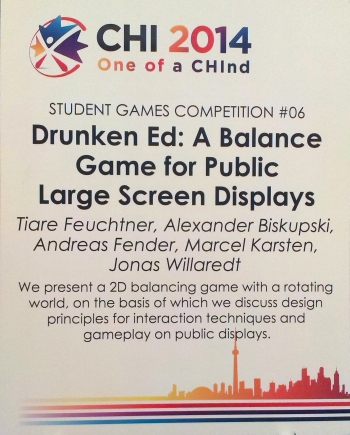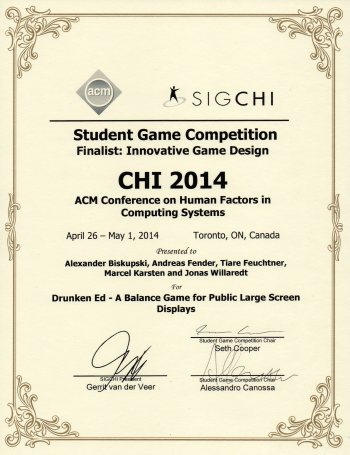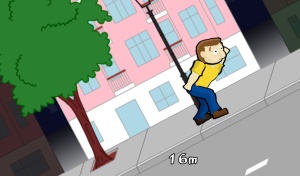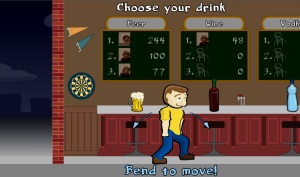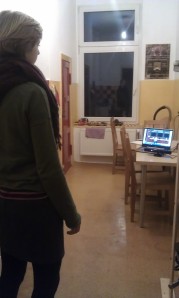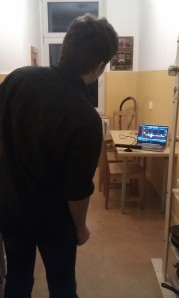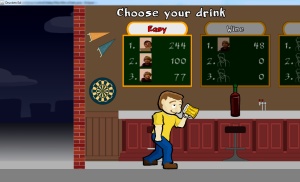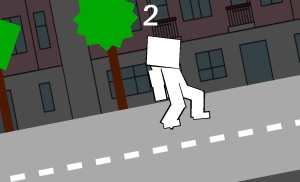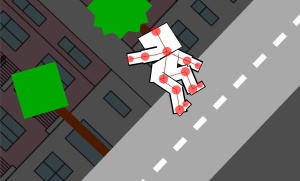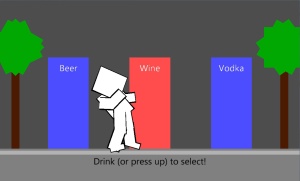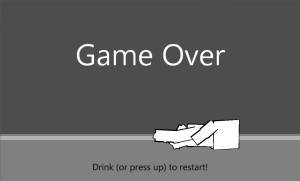It’s been almost 2 years, since we presented our Drunken Ed project at the end of the MPI lecture, when suddenly our supervisor approached us with the idea to submit Drunken Ed to the CHI 2014 Student Games Competition. The requirement was an extended abstract and an executable of Ed, which seemed feasible. So we set to work and put our development process and the challenges we faced down on four pages. Luckily Jörg and David assisted us by proofreading our work.
On development side we also tweaked some features. Andreas created new graphics and we replaced all the old ones. It looks much prettier now!

The deadline arrived quite surprisingly (I don’t know why this keeps happening, deadlines just seem to sneak up on you), and we hurriedly created a build and a final pdf. Uploading it was another lengthy ordeal.. first the pdf did not have the correct settings, then fonts were not embedded, etc. We finished our submission just in time.
A couple of months later, when we had already quite forgotten about the submission, we received great news:
“We are pleased to tell you that your paper submission, 103, Drunken Ed – A Balance Game for Public Large Screen Displays, has been conditionally accepted for inclusion in the CHI 2014 conference Student Game Competition. Your team submitted one of the top 3 papers in your category.” Yay! \o/
The review we got was pretty good, so only a few changes had to be made to the paper before submitting the final version. Here it is! It is also available in the ACM digital library.
After that, registering for the conference and booking our flights and accomodation took us about 3 days..unbelievable huh?
Our complete Drunken Ed-team met up again last week to tweak some more features of the game. It was fun to be back together like in old times ;) Our entire TLabs team was helpful playtesting and making videos for the presentation.
Now our bags are packed, and tomorrow Andreas and I are flying to Toronto where we will be demonstrating our game and giving a 5 minute pitch. The presentation slides are still not complete, but we’ve got a long flight ahead of us, and anyways presentation day won’t be until Wednesday. Wish us luck!
And if you happen to be there, come check out our game at the CHI!
